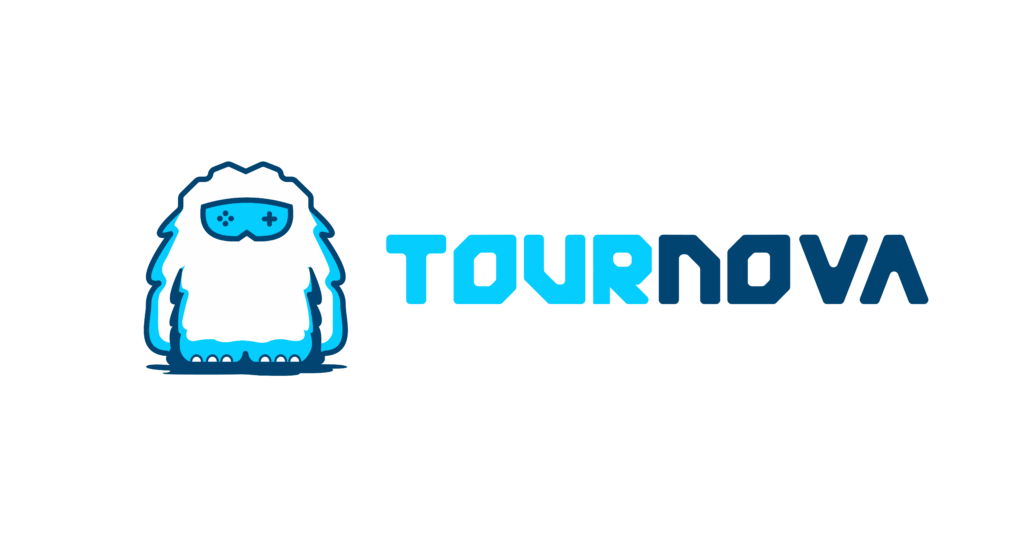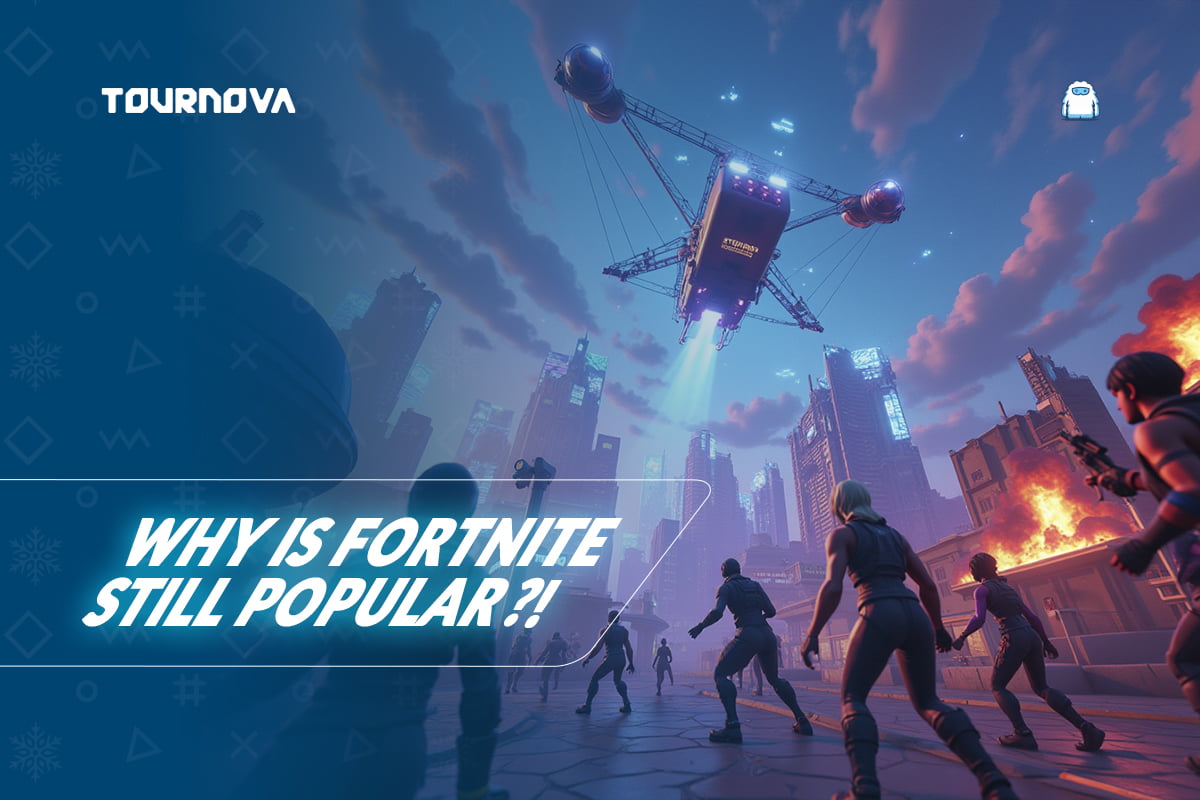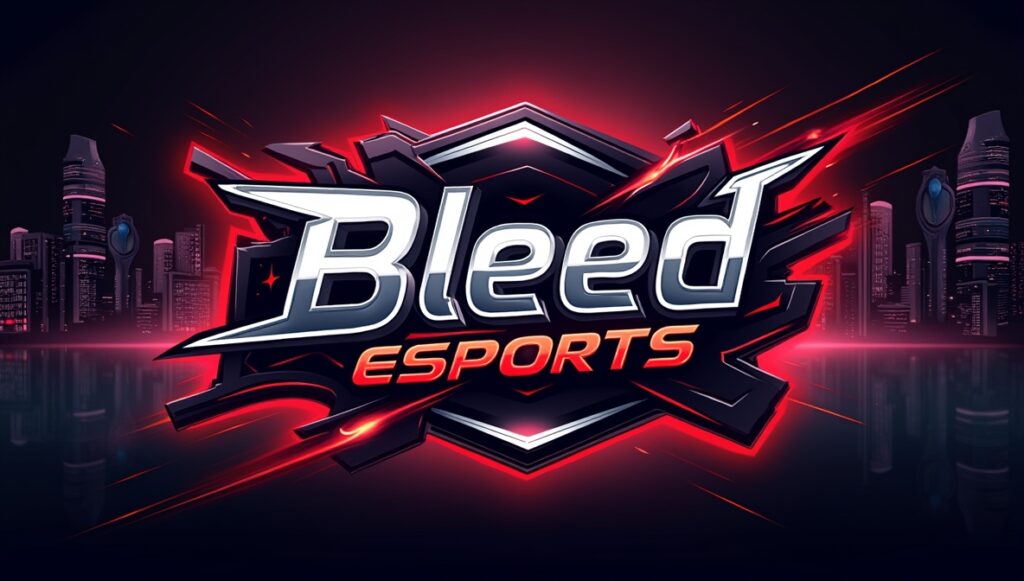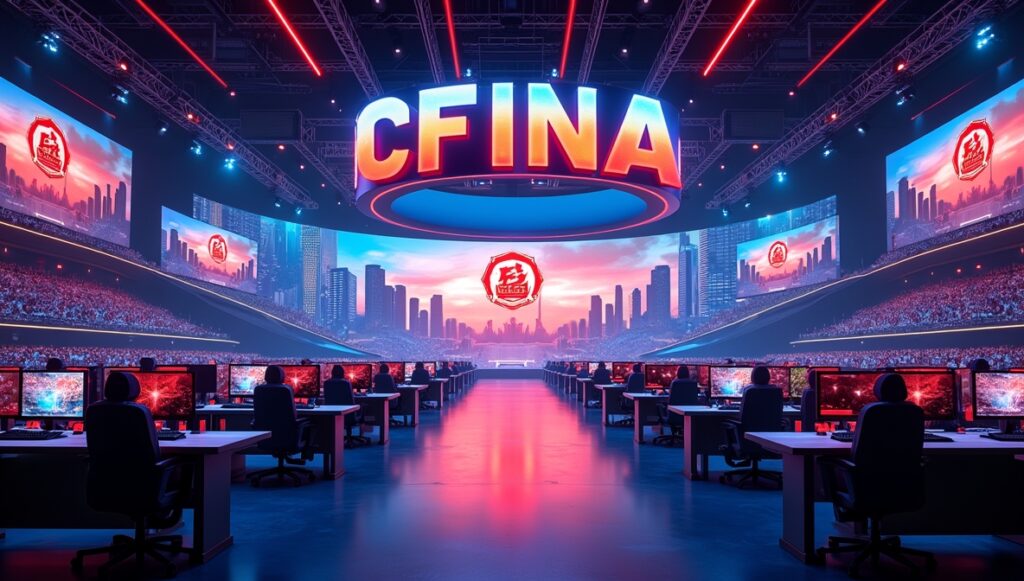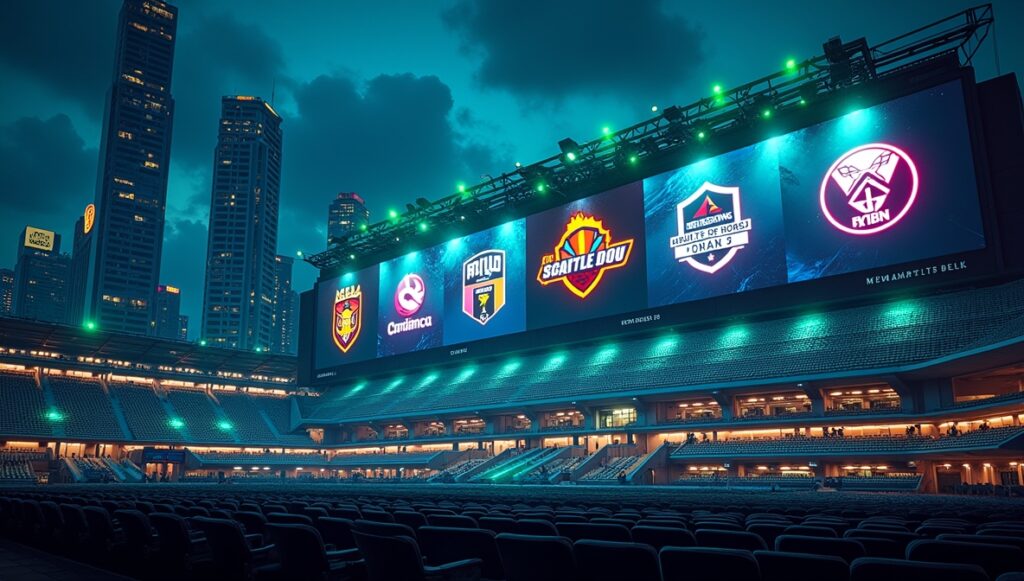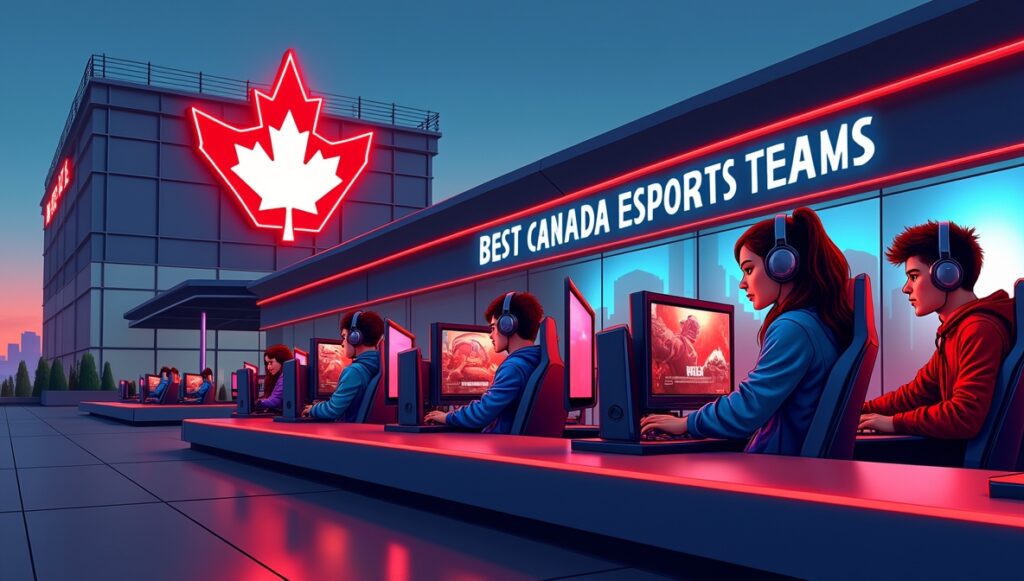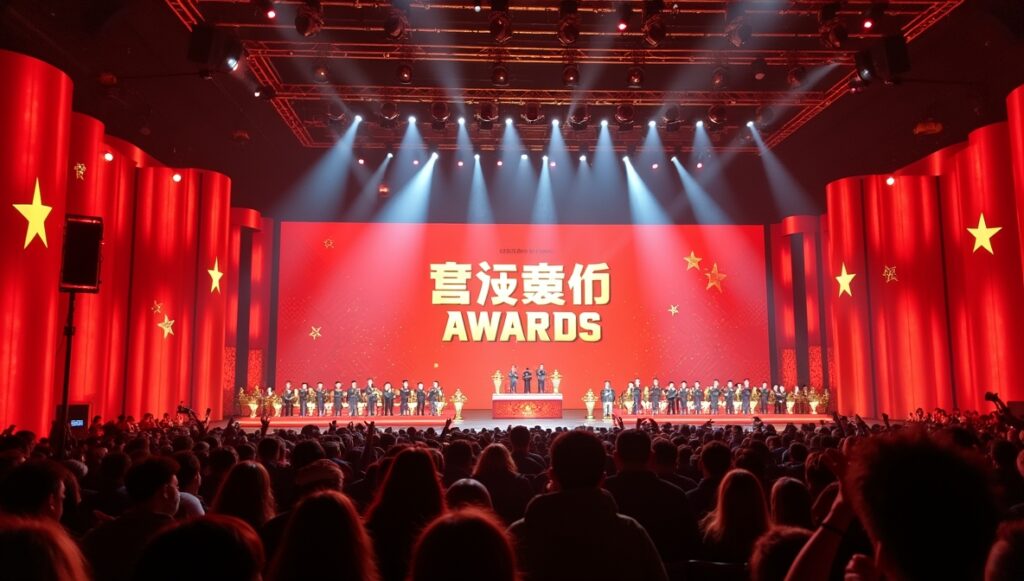In the fast-paced world of gaming, trends come and go like the seasons. A game might dominate headlines for a year or two, then slip into obscurity as shiny new titles take center stage. Yet here we are in 2025, and Fortnite is still going strong; a vibrant, thriving community pulsing with activity and creativity. How has Fortnite managed to defy odds and stay relevant after more than eight years? In this article, we’ll dive into 5 reasons why Fortnite hasn’t slowed down in popularity, breaking down its enduring appeal, innovative strategies, and why its cultural footprint is still going strong. Whether you’re a die-hard fan, a curious newbie, or someone who left during Chapter 2, there’s plenty to explore here.
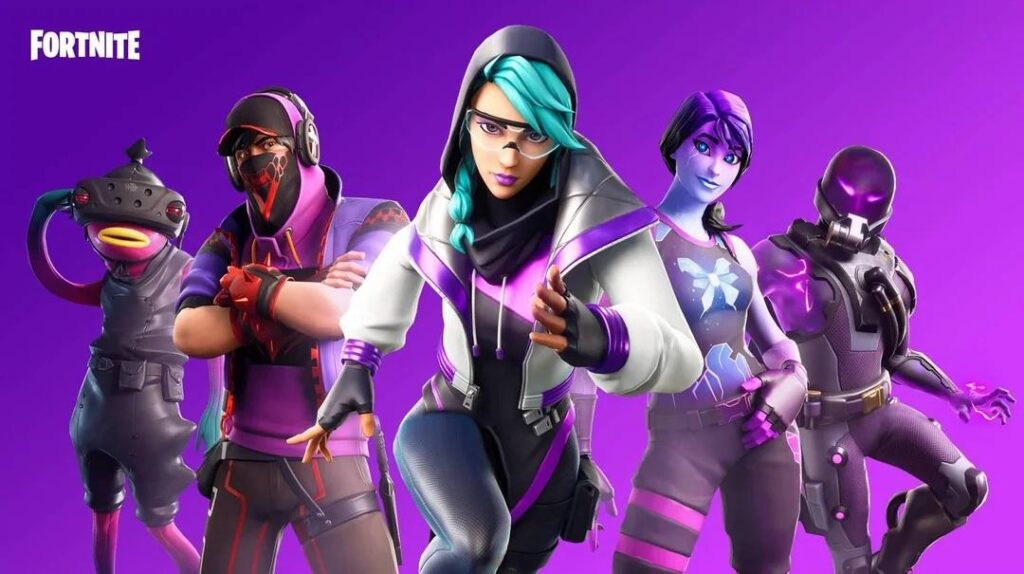
1. Reasons Why Fortnite Hasn’t Slowed Down in Popularity: The Power of Constant Evolution and Fresh Content
One of Fortnite’s biggest strengths is its refusal to stagnate. Epic Games understood early on that keeping players engaged meant reinventing the game; not just once but continuously. That approach has transformed Fortnite into one of the most dynamic titles in gaming history.
Regular Seasonal Updates
Every few months, Fortnite rolls out its famous seasonal updates, bringing new storylines, map changes, and sometimes entirely fresh mechanics. Remember the Chapter 3 map flip? Or the alien invasion in Chapter 2: Season 7? Those breathtaking transformations keep players curious about what’s next. The recent icy-themed Chapter 5 has added chilling landscapes and survival-focused gameplay elements, proof that Fortnite’s updates remain bold and exciting.
Fortnite Chapter 6 Season 3, titled “Galactic Battle,” is bringing an exciting Star Wars crossover that features beloved characters, fresh points of interest, and amazing Force abilities. Players can now swing Lightsabers and gain unique powers through training with familiar Star Wars characters. To top it off, there will be weekly events and a live narrative kicking off on June 7, which promises to make this season’s Star Wars adventure even more engaging. Hence, regular seasonal updates are among the reasons why Fortnite hasn’t slowed down in popularity.
Dynamic Gameplay Mechanics
Slide, mantle, sprint; Fortnite’s gameplay mechanics have come a long way since its early days. Players now navigate and strategize with an agility unheard of in 2017. Weapons and vehicles change just as frequently, creating opportunities to experiment with new playstyles. The introduction of vehicles like the Hoverboard, wildlife taming, and even dynamic weather keeps gameplay thrilling.
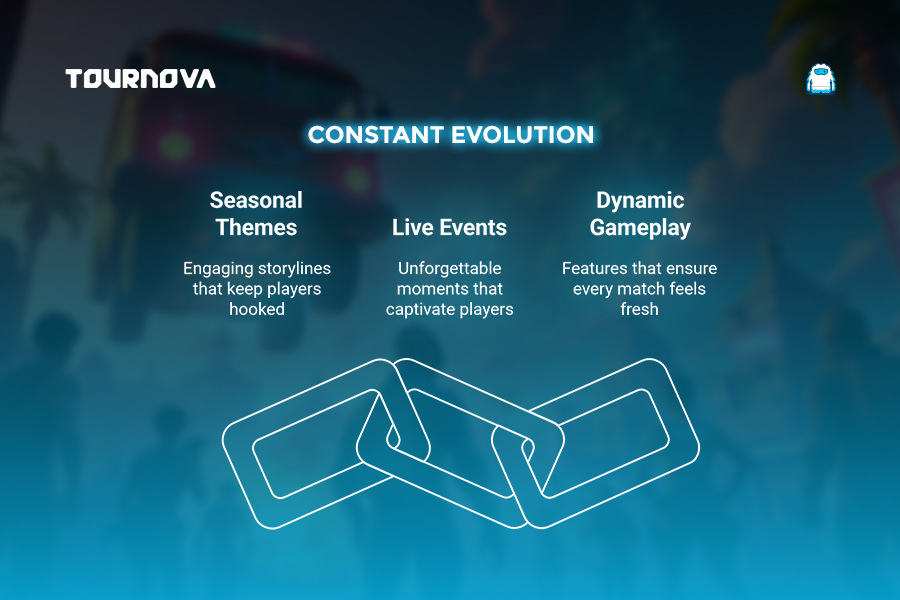
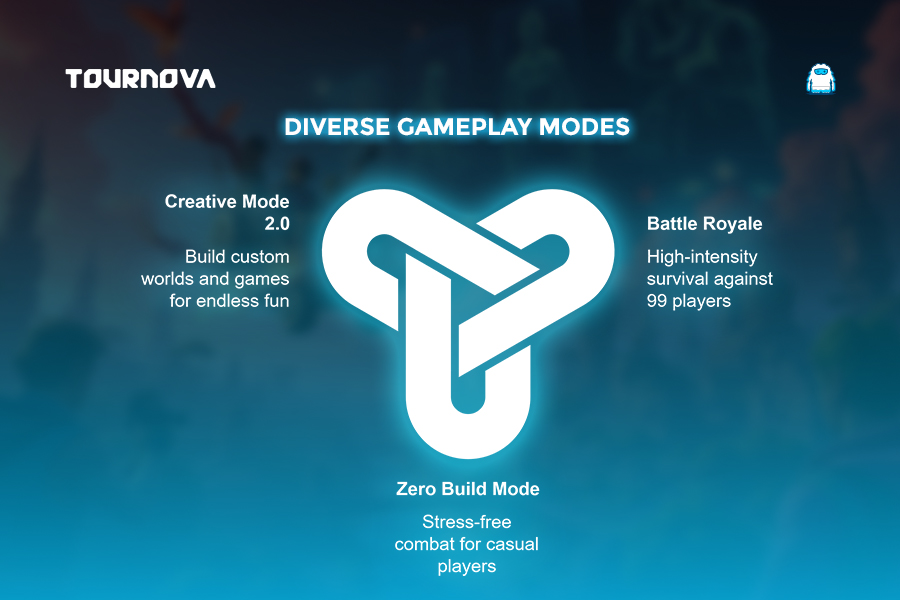
Iconic Live Events
If you’ve ever logged into Fortnite during a live event, you already know how magical they are. These one-off spectacles, like Travis Scott’s intergalactic concert or the jaw-dropping Black Hole finale, turn Fortnite into something greater than a game. Players don’t watch events; they experience them together, making these moments unforgettable.
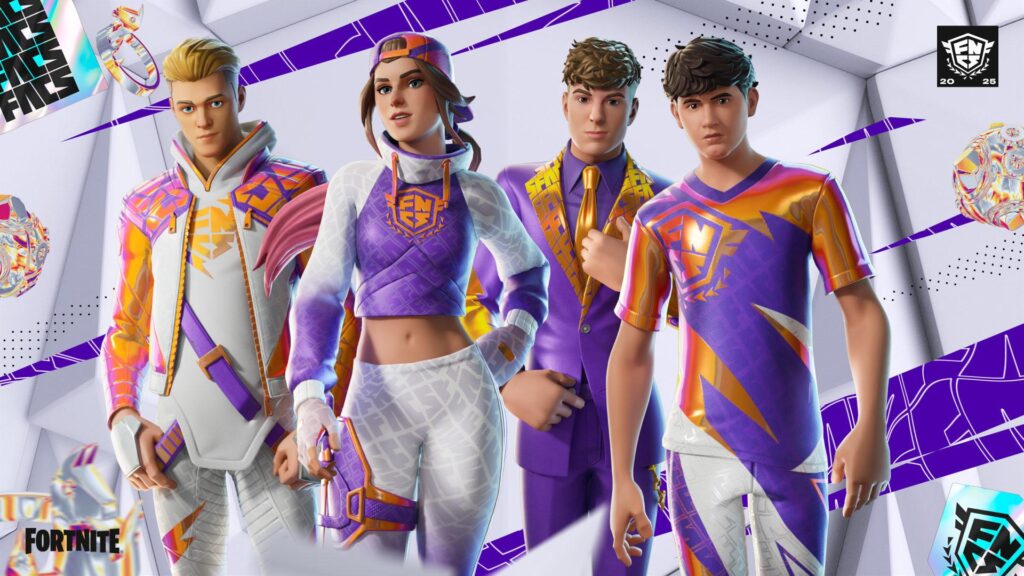
2. Accessibility and the Free-to-Play Advantage
No matter how great a game is, if there’s too high a barrier to entry, it’ll struggle to stay relevant. Fortnite has taken a far more inclusive route, and this attention to accessibility is a major reason behind its unrelenting popularity.
Free-to-Play Model
Let’s be honest; no game does free-to-play better. Fortnite has never demanded a dime to join the Battle Bus, ensuring everyone has an open door to its world. Paid cosmetics and Battle Passes are purely optional, meaning you can play without ever opening your wallet. This model has helped Fortnite attract players worldwide, including those in regions with lower economic accessibility.
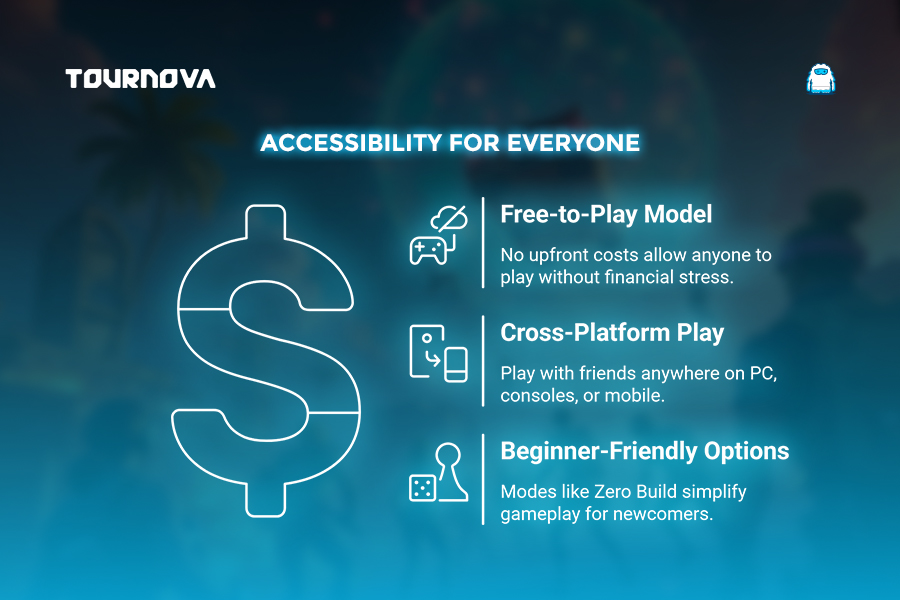
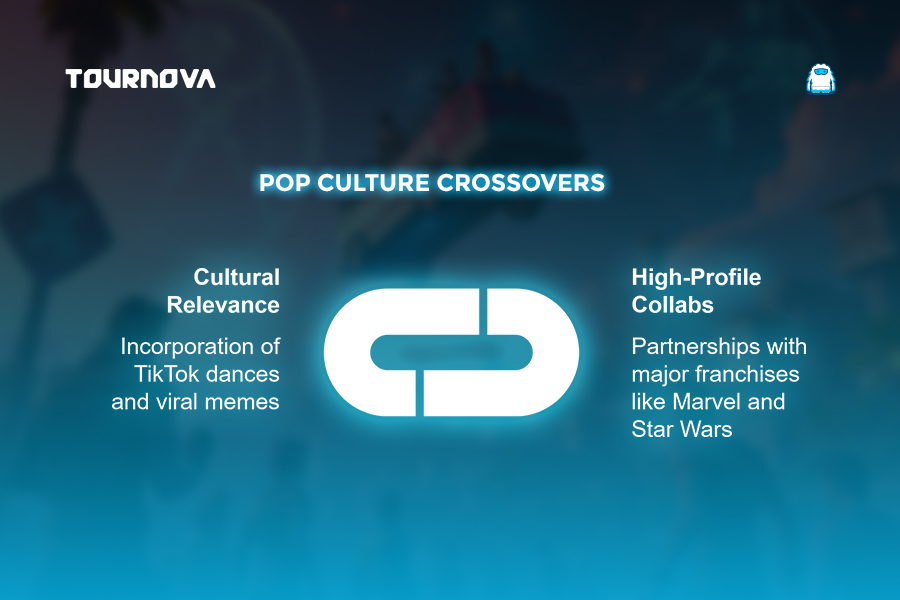
Multi-Platform Availability
Fortnite’s availability, which is one of the reasons why Fortnite hasn’t slowed down in popularity, is truly unmatched, spanning everything from consoles to mobiles to PC. In 2025, Nintendo Switch player base is still thriving, its PC experience competes with top-tier titles, and cloud gaming keeps Fortnite playable on nearly any device. Whether your friends are on Xbox Series X|S, PlayStation 5, or Android phones, cross-platform play lets you squad up without limitations. It’s a perfect balance of convenience and connectivity.
A Beginner-Friendly Design
Not all battle royales are easy to pick up, but Fortnite brings newcomers onboard with features like bot-filled matches early on, Zero Build mode (for players intimidated by building), and clear, visual in-game guidance. Epic Games continues to keep things approachable while leaving room for mastery; a win-win for both casual and competitive players.
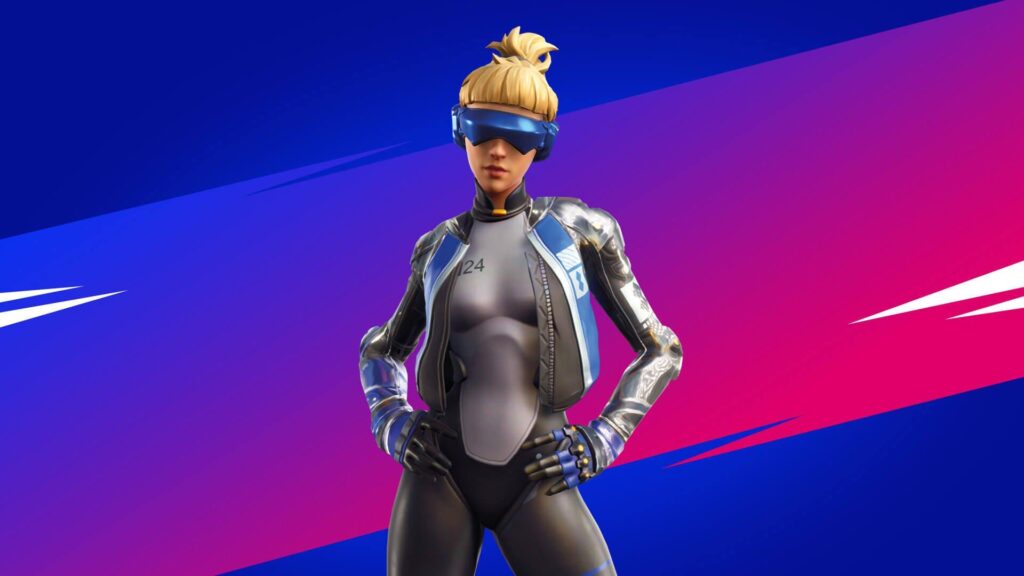
3. Masterful Brand Collaborations and Cultural Relevance
Fortnite isn’t just a game; it’s a cultural powerhouse that knows how to remain in the spotlight. Epic Games has mastered the art of blending pop culture with its universe, ensuring players constantly feel connected to global trends.
High-Profile Crossovers
From superheroes to anime, Fortnite has brought some of the world’s favorite franchises into its fold. Marvel’s Avengers, Star Wars, Dragon Ball Z, and even Naruto have all made their way onto the Battle Bus. Playing as iconic characters like Iron Man, Darth Vader, or Goku is as fun as it is surreal. These crossovers don’t just bring fresh cosmetics; they attract massive fan bases, keeping Fortnite relevant to new audiences.
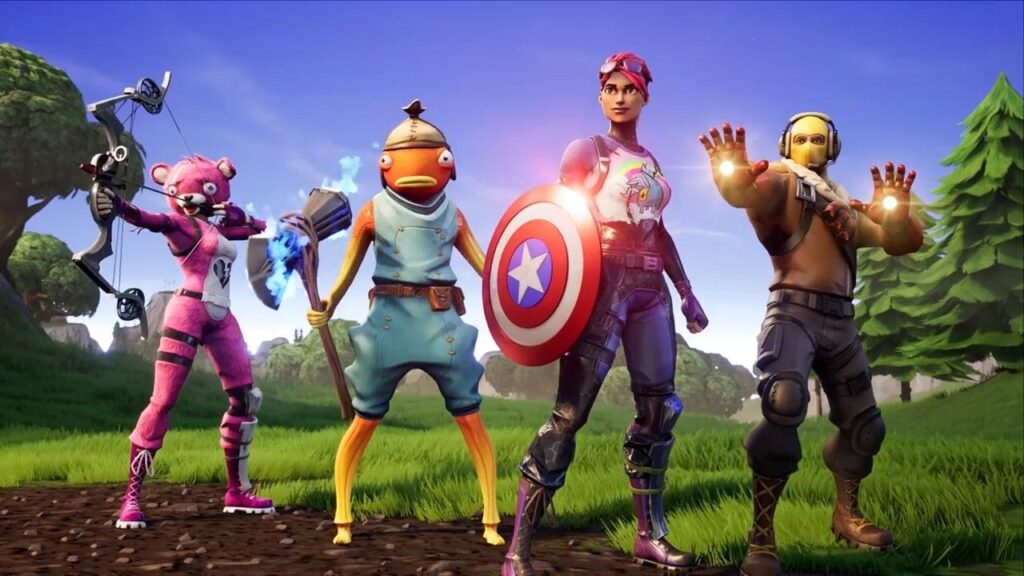
Keeping Up With Trends
Fortnite also thrives on its agility to capture memes, trends, and viral phenomena, which is, in fact, one of the reasons why Fortnite hasn’t slowed down in popularity. From adding dances rooted in TikTok culture to in-game gimmicks referencing viral social moments, the game often feels like a reflection of what’s happening in the world. This real-time adaptability makes Fortnite feel alive, ensuring players remain engaged and curious.
Expanding Beyond Gaming
By 2025, Fortnite has hosted virtual concerts, movie screenings, and even special experiences like educational events. These expansions attract a wide audience beyond traditional gamers, solidifying Fortnite as a platform for entertainment and connection.
4. Diverse Gameplay Modes Catering to All Players
One of Fortnite’s secrets lies in its inclusivity; it offers something for every type of gamer, making it far more than just a “battle royale.”
Battle Royale Core
The fast-paced, high-tension thrill of Fortnite’s original battle royale mode still endures. Competing against 99 other players to secure that elusive Victory Royale remains exciting no matter how many matches you’ve played. Competitive players, especially, love the high stakes and strategic challenges this mode offers.
Zero Build Mode for Simplicity
Building may have been Fortnite’s defining feature, but it also alienated some players who found it too complex. With the introduction of Zero Build mode, Fortnite bridged the gap for more casual audiences who prefer straightforward gunplay and movement. This alternative mode opened up the game to a broader, perhaps previously reluctant, audience.
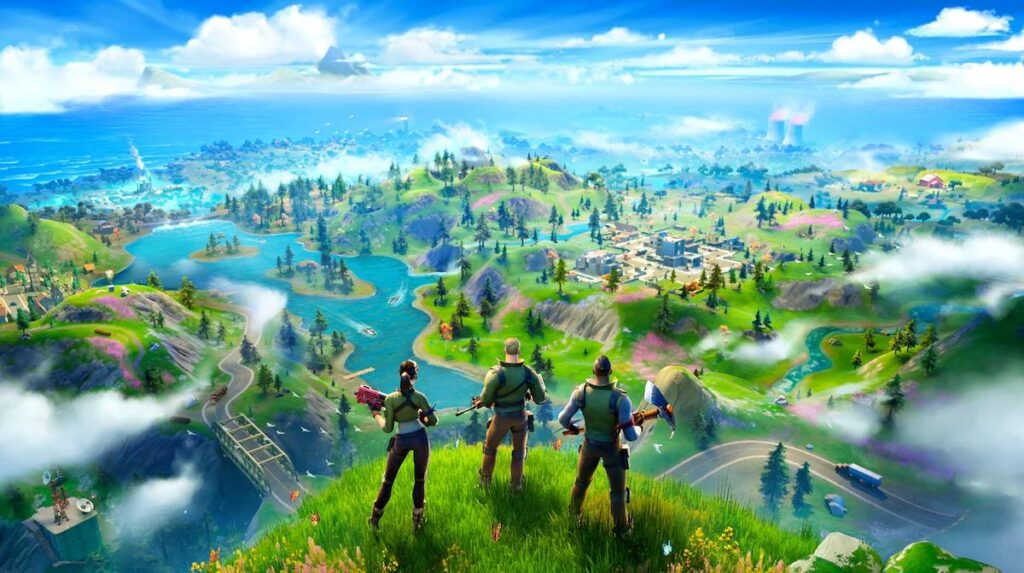
Creative Mode and User-Generated Content
Fortnite’s Creative Mode, one of the main reasons why Fortnite hasn’t slowed down in popularity, might just keep it alive for decades. Players have unparalleled freedom to build custom games, from puzzle-solving adventures to co-op challenges and full-scale recreations of other games. It’s essentially a game within a game, and the introduction of Creative 2.0 has elevated these experiences to rival standalone sandbox titles.
More Relaxed and Casual Modes
Modes like Team Rumble offer quicker, lower-stakes gameplay, with mechanics like instant respawns and larger teams that take the pressure off. Party modes, such as hide-and-seek or prop hunts, provide creative, non-violent fun for those looking to kick back with friends. These options broaden Fortnite’s appeal, making it an enjoyable experience even for those who dislike competitive gaming.
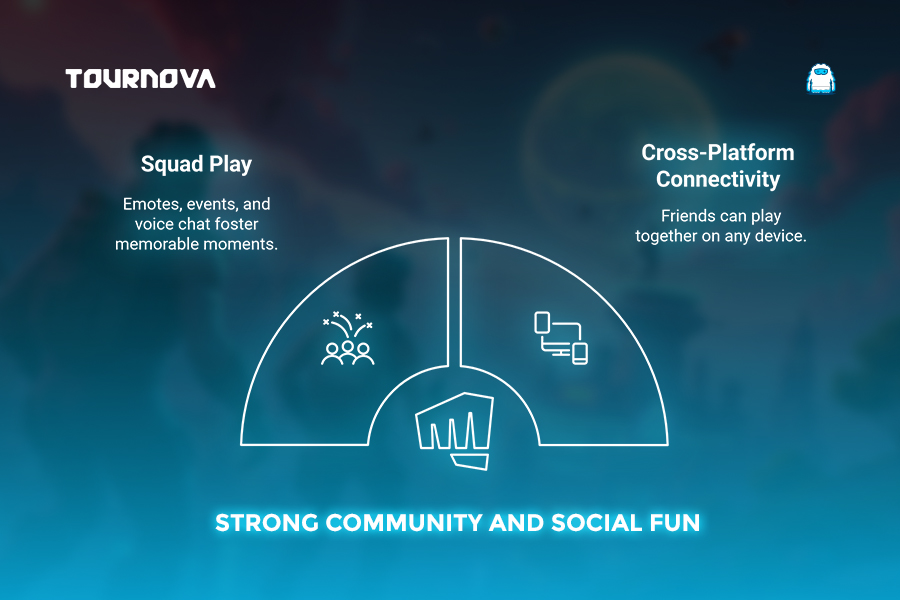
5. Strong Community and Social Experience
As much as its gameplay and updates shine, Fortnite’s community is the heart of its longevity. Epic Games has cultivated a social ecosystem that feels alive, interconnected, and rewarding, ensuring players feel like they’re part of something bigger.
Social Interactivity at Its Core
Fortnite excels as a platform for social interaction. Squad play, emotes, and in-game voice chat make it easy to connect with friends, even if you’re just casually running around the map to complete challenges. The addition of large-scale events and modes has made Fortnite moments something players want to share, whether they’re winning a match or just emoting mid-game for laughs.
Epic Games’ Engagement With Players
Few developers interact with their player base as effectively as Epic Games, which is among the reasons why Fortnite hasn’t slowed down in popularity. Fortnite’s development team frequently pushes community-driven content, hosts contests, and listens to feedback. This interactive relationship makes players feel invested in shaping the game’s future, whether they’re suggesting new skins, reporting bugs, or designing Creative maps.
Cross-Platform Social Play
The game’s emphasis on cross-platform connectivity deserves extra credit. Few games allow players on such a variety of platforms to collaborate seamlessly. No matter where you’re playing, Fortnite ensures that memories can be made with friends.
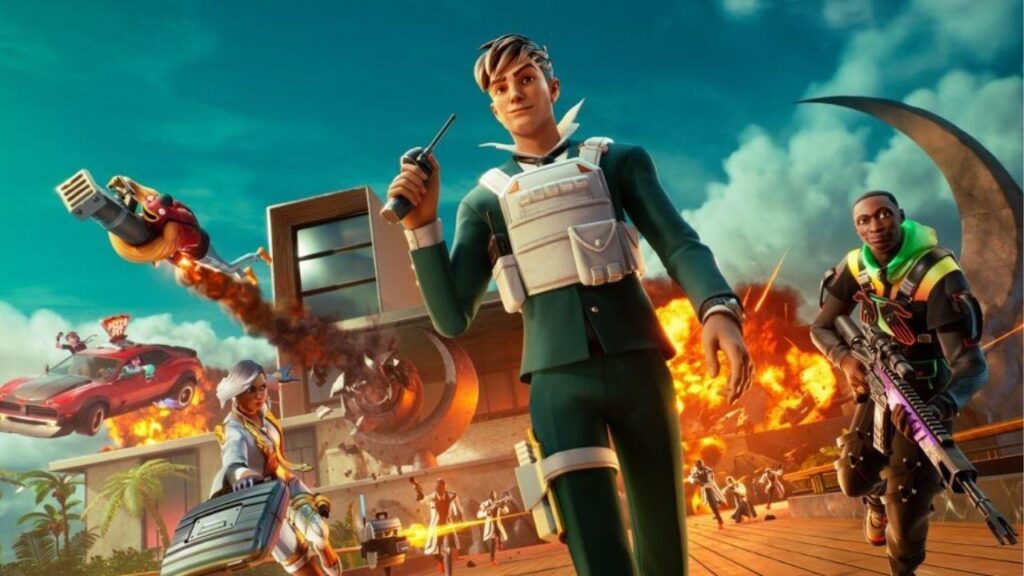
Tournova: Thriving Through Constant Innovation
Just as Fortnite maintains its popularity through constant updates, diverse gameplay modes, and accessibility, Tournova’s strategy focuses on innovation and inclusivity to sustain user engagement in the competitive gaming space. Utilizing platforms like Telegram and Discord, Tournova offers streamlined tournament tools, automating processes like player matching, bracket creation, and prize distribution, ensuring ease of use for casual participants, competitive players, and organizers alike. This accessible approach mirrors Fortnite’s free-to-play model, removing barriers to entry and allowing users to focus on gameplay and community interactions.
Much like Fortnite’s cultural relevance is amplified by its collaborations and evolving mechanics, Tournova’s token economy creates long-term incentives for player engagement. By earning and spending tokens on tournament entries, auctions, and exclusive features, users are empowered to shape their competitive journey. With this blend of continuous updates, user-friendly tools, and innovative monetization systems, Tournova creates a dynamic, engaging platform that mirrors Fortnite’s ability to stay fresh and appealing year after year.
In the End: The Unstoppable Force of Fortnite
When we look back on Fortnite’s journey, its success doesn’t feel like an accident. It’s a perfect storm of constant evolution, global accessibility, cultural relevance, diverse gameplay, and a thriving community. Fortnite isn’t just holding on; it’s still growing, still innovating, and still surprising us in ways we didn’t know we wanted. Even with fierce competition and a rapidly changing gaming landscape, Fortnite has carved out an identity and a legacy that’s hard to top. Will it remain as dominant ten years from now? Who knows, but given its unmatched adaptability and vision, we wouldn’t bet against it. Whether you’ve been playing since day one or you’re just hopping in now, there’s always something in Fortnite to bring you joy. Fortnite continues to prove itself as a hallmark of gaming ingenuity. So, if you find yourself wondering whether to give it another try in 2025, our advice is simple: Jump off that Battle Bus. You’ll be glad you did. What are your thoughts about this article on the reasons why Fortnite hasn’t slowed down in popularity?
Read the Esports features with deep analysis via Tournova.
FAQs
1. How does Fortnite stand out from other battle royale games?
Fortnite’s ability to combine gameplay with storytelling, cultural relevance, and unique features like building (or Zero Build) sets it apart. Plus, its constant updates and live events create an experience no other game has replicated successfully.
2. What are the age restrictions for Fortnite, and is it kid-friendly?
Fortnite is rated T for Teen (13+), primarily for its cartoon-style violence. However, its approachable gameplay, lack of graphic content, and parental controls make it suitable for younger audiences with supervision.
3. Can you play Fortnite offline?
No, Fortnite requires an internet connection, as its entire experience is built around multiplayer gameplay and live updates.
4. How does Fortnite’s Creative Mode compare to other sandbox experiences?
Creative Mode rivals some of the best sandbox games out there, offering boundless possibilities to build custom maps and games. The recent Creative 2.0 update has brought new tools for designing more complex and polished experiences, often on par with standalone games.
